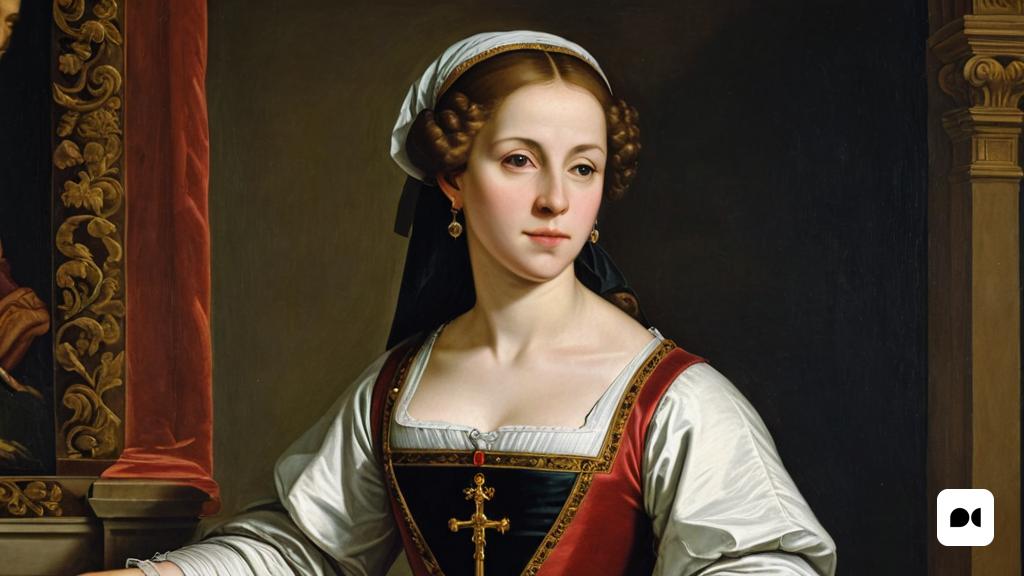An Unmatched Artist in History
Among the multitude of fascinating women who have been overlooked in history, Lavinia Fontana (1552-1614) stands out with extraordinary strength and talent. This Italian Renaissance painter deserves to be remembered and recognized. If I could have the opportunity to talk with her, I would love to know more about her life and her achievements, which are truly worthy of admiration and attention.
The Impact of the Church on Your Career
The Catholic Church was one of the main promoters of his career, commissioning him to create various works with religious themes and portraits. One of his most emblematic paintings is the Noli me tangere, where the resurrected Jesus Christ is shown, expressing his relationship with Mary Magdalene, who tries to touch him. This work has captured the attention of critics and artists, not only for its technical quality, but also for the complex interpretation of its meaning. Jacques Derrida, a contemporary philosopher, highlighted this Latin phrase not only as a simple ‘don’t touch me’, but as a clear statement that Jesus had not finished his task in this world.
Influences and Artistic Training
Lavinia Fontana benefited from a fertile environment for art, where Rome and Bologna flourished culturally. Her father, Prospero Fontana, a standout in the School of Bologna, was a fundamental figure who gave her a solid training and motivated her to explore the artistic world. Bologna was characterized as a center where culture was not exclusive to men, which allowed Lavinia to develop in a more diverse environment. Her encounters with other famous artists, such as Veronese and the influence of Sofonisba Anguissola, also shaped her style and technique.
Challenges in your Personal and Professional Life
At age 50, Lavinia moved to Rome, a move that was accompanied by uncertainty. However, her exceptional talent led her to be recognized as a pontifical painter. Despite the demands of this new environment, she also became the mother of eleven children, although only three survived. Her husband, Gian Paolo Zappi, played an important role in her personal life, caring for the family and encouraging his artistic career. Thus, Lavinia managed to balance her work as her mother and her dedication to art admirably.
Recognition and Legacy
The decision to move to Rome coincided with the Jubilee of 1600, a significant celebration that allowed him to capture the public’s attention with portraits and religious works. In addition, she ventured to create mythological paintings that included nudes, something unusual for a woman at that time. Of her approximately 130 works, only around 30 large pieces survive today.
Reflections on the Present and Future of Art
In 2025, Rome will once again experience the Jubilee celebration, which invites reflection on the role of women in contemporary art. Recently, a significant step has been taken in allowing women artists to collaborate in the Vatican Basilica, a fact that has not been allowed in 500 years. The names of Lisa and Miriana stand out as the young women who are participating in the maintenance of this emblematic monument.
Art as a tool for equality
The Renaissance was a period that brought with it a new freedom for women artists, although this has long been repressed. Promoting art should not just be a hobby for a privileged few; It is essential that the potential of diverse talents be recognized. The integration of women into creative teams, as is currently happening in the Vatican Basilica, is an advance that, without a doubt, should have been made much earlier.

